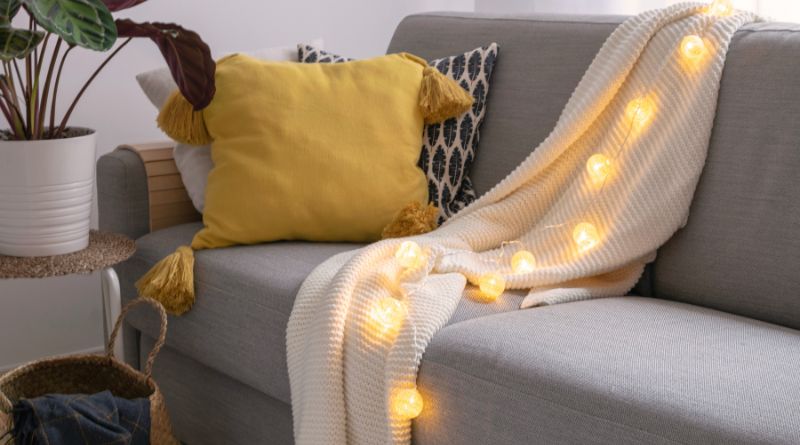The Best of Minimalist Storage and Decor: A Japanese Home Brand
It’s no secret that Japanese culture has evolved around the minimalist lifestyle. From the impeccable simplicity of the Zen garden to the delightful simplicity of the Japanese craft that goes into making an origami crane, it comes as no surprise that Japan’s sense of style when it comes to decorating their homes in minimalism is second to none. That’s why this home brand from Japan has become one of the most popular and beloved options for keeping your home and its contents well-organized and looking beautiful as a result.
What is traditional Japanese design?
Traditional Japanese design is characterized by simplicity, natural materials, and an emphasis on function. In recent years, there has been a resurgence in interest in traditional Japanese design, both in Japan and abroad. That’s why the most popular home brands in Japan today are those that embrace this style of minimalism with modern twists.
What is the best example? Find out below! Kura-Tora (Japanese for storehouse tiger) is the newest addition to our list of favorite minimalist designs from Japan. The company was founded in 1989 by designer Toshihiro Nishimura as a way to share his love for simple and elegant designs, just like old storehouses he used to see on his way to school when he was young. Kura-Tora uses only two main colors – gray and white – along with rich wood textures to create its distinctive look.
Why does it work so well for storage?
In a world where we are constantly bombarded with things, it can be refreshing to live with less. Not only does it declutter our homes, but it can also declutter our minds. When everything has a place and is in its place, we can relax and enjoy our surroundings more. Take the magazine rack for example. Not only does it give you easy access to magazines and books, but because of the design your shelves will stay clutter-free. That’s not all though! The magazine rack also doubles as a plant stand which means that you have an instant decor piece for your home or office! We all know how hard it can be to find space for plants, so this one-of-a-kind solution is perfect!
The five main principles to follow for minimal storage
When it comes to storage, minimalism is key. That means decluttering regularly, storing only what you need, and finding creative ways to keep your belongings organized. Here are five principles to follow for minimal storage
- Declutter regularly
- Store only what you need
- Get creative with storage
- Use space as a resource
- Consider sustainability
when making decisions about buying new items or acquiring more stuff. The Japanese home brand has the best minimalist storage and decor products, including baskets made from natural reeds that can be used in many different ways. And if you’re wondering where they came up with this idea? It was because in Japan, people don’t tend to have big homes so they had to figure out how to make the most out of small spaces!
Examples from a traditional Japanese home
- From the low, simple tables to the tatami mats, everything in a traditional Japanese home has a purpose and is meant to be used daily.
- Clutter is considered to be bad luck in a Japanese home, so everything has its place and is put away when not in use.
- Although there may not be a lot of decor in the Western sense, every item in a Japanese home is carefully chosen for its beauty, functionality, or meaning.
- Traditional Japanese architecture features a focus on the natural world and symmetry in design, leading to clean lines that create an atmosphere of peace and harmony.
- Furniture is often simplistic but features interesting details like intricate carvings or metalwork that are representative of ancient crafts like blacksmithing or woodworking.
The future of minimalist design in Japan
In a country where space is limited and values tidy homes, it’s no surprise that minimalist design is popular in Japan. This aesthetic extends to storage and decor, as well as architecture and fashion. As the world becomes more digital and mobile, we can expect to see more Japanese brands embracing minimalism in their products and designs.



